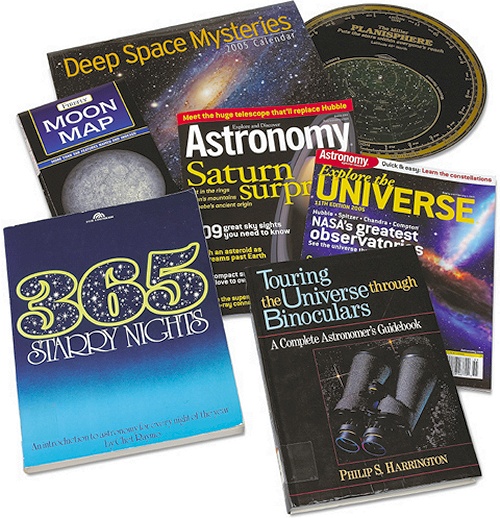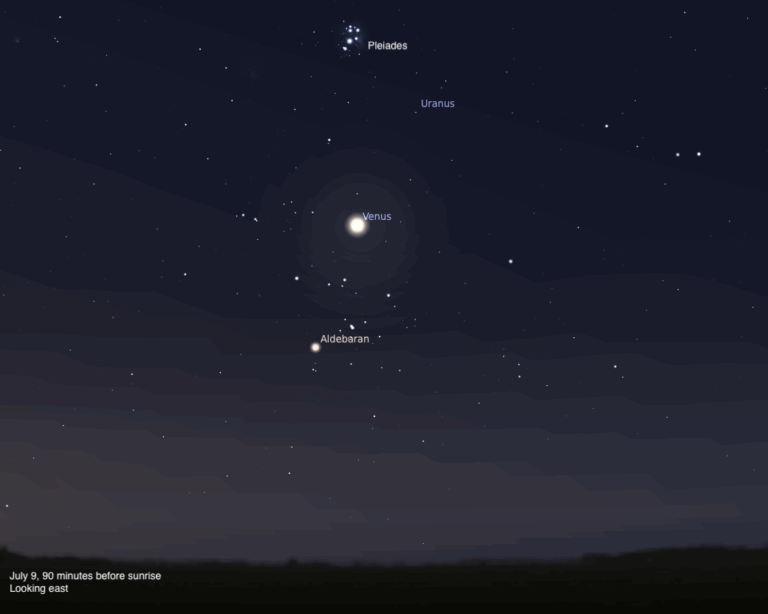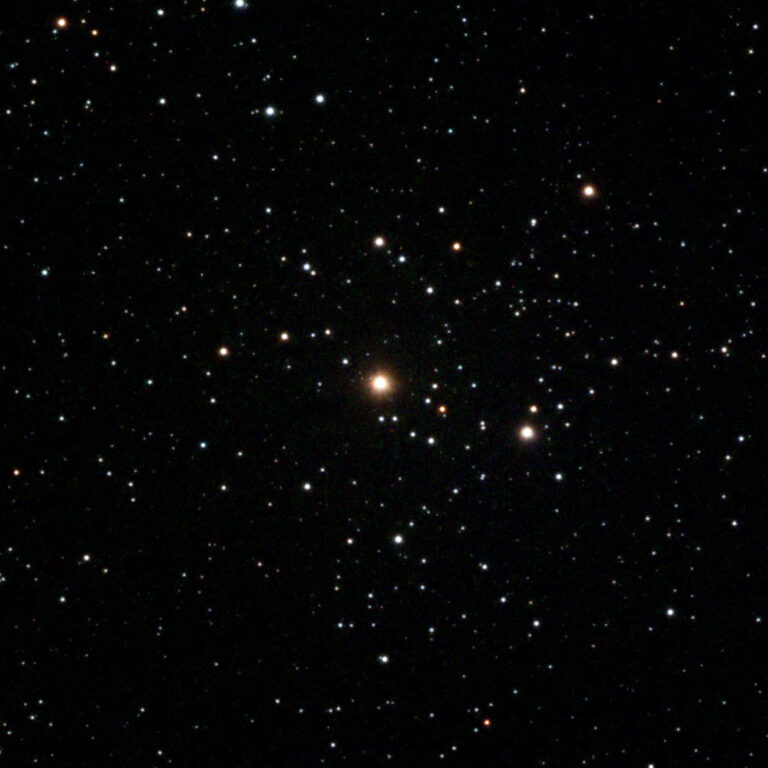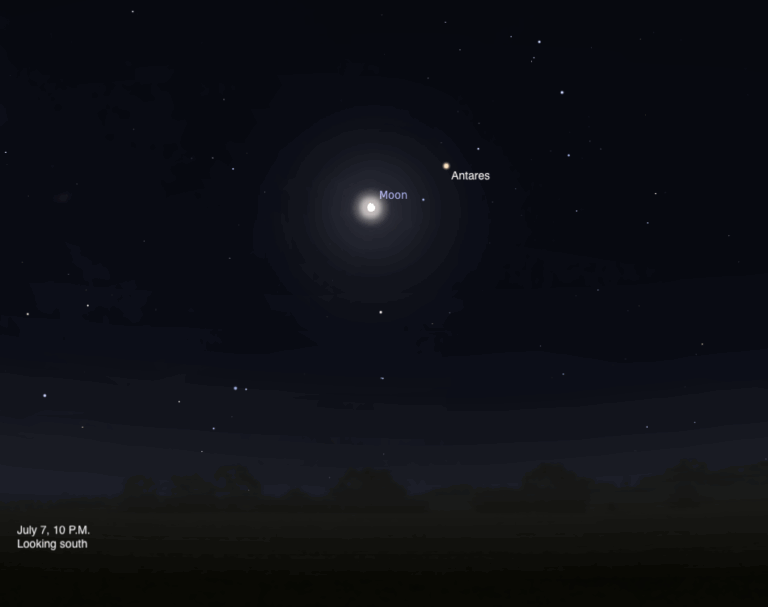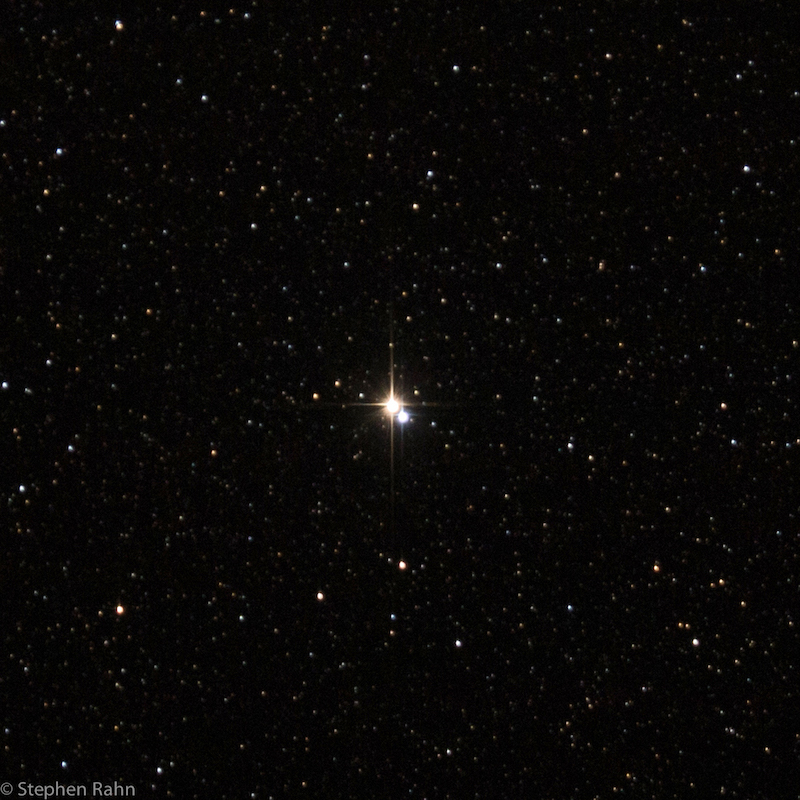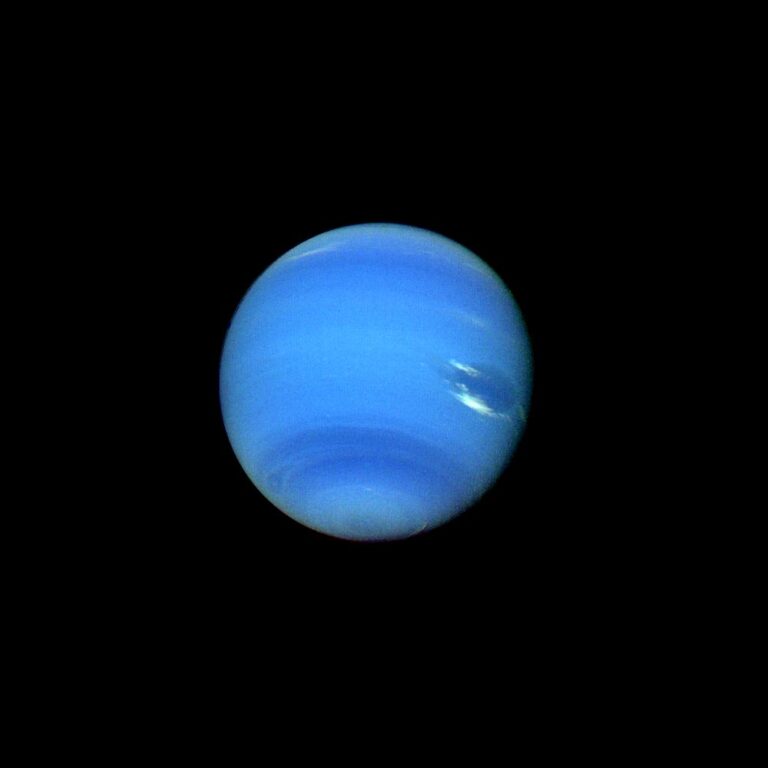Key Takeaways:
newcomers out there: What’s the most important item a beginning skygazer should purchase? If you answered “A telescope!” I’m sorry to say you’re wrong. Oh, it’s up there in degree of importance, but a telescope alone won’t get you very far — at least, not at first. Here’s a list of essentials to help launch your cosmic odyssey. (It’s no coincidence that I’m doing this in the December issue, hint, hint.)
1. A subscription to Astronomy
If you’re not a subscriber, get onboard! Besides how-to articles (like this column) and information on what’s currently visible in the night sky, you’ll get updates on the latest astronomy news as well as helpful product information.
2. A sky calendar
Astronomy‘s Deep Space Mysteries 2005 calendar adds astronomical events to the usual holiday information for each month. When the year is over, you can cut out, frame, and mount those beautiful monthly sky photos, and order your 2006 calendar.
3. An annual observer’s guide
Astronomy‘s Explore the Universe 2005 combines a month-by-month list of important sky events with useful how-to articles. This and the previous two items make a great gift package for any astronomy enthusiast, beginner or veteran.
4. A star and constellation guidebook
If you’re unfamiliar with the major stars and constellations, you and your telescope will become “lost in space.” My favorite constellation primers are Chet Raymo’s 365 Starry Nights and H. A. Rey’s classic The Stars — a New Way to See Them.
5. A planisphere
This handy gadget shows the visible stars and constellations for any date and time of year. Not only does a planisphere familiarize the novice with the night sky, it’s a valuable tool for the expert who wants to plan an observing session.
More detailed than a planisphere, a star atlas provides the “meat and potatoes” information about deep-sky treats in each constellation. Two nice entry-level atlases to help hone your search for deep-sky objects are the Edmund Scientific Mag. 6 Star Atlas and Wil Tirion’s Bright Star Atlas.
7. A Moon map
The Moon is the logical first telescopic target for the beginner. But how do you identify all those mountains and craters? That’s where a high-quality Moon map comes in. Edmund Scientific offers a nice laminated Moon poster/map for $6.95.
8. An amateur astronomy handbook
You’ll want a how-to guide that covers the basics of backyard astronomy. Among the many user-friendly versions available,
I recommend Nightwatch by Terence Dickinson and Skywatching by David Levy.
9. A logbook, clipboard, and pencils
A carefully kept logbook (a three-ring binder with pages for sketches and notes of your observations) will become a valued resource. The clipboard will provide a hard, flat, portable surface for writing your notes and drawing your sketches. Look for my tips on setting up and keeping an observing logbook next month.
10. A flashlight
Without a flashlight, you can’t read those star charts or perform emergency “surgery” on your telescope. To preserve your night vision, place red cellophane over the lens before you go out to observe. A red LED astronomer’s flashlight will cost more, but it also will be more effective.
11. Binoculars
This item bridges the significant gap between naked-eye observing and telescope observing. A good choice is the 7×50 size (7x is the magnifying power, and 50 is the diameter in millimeters of each front lens). This and a copy of Phil Harrington’s Touring the Universe Through Binoculars will reward you with many evenings of cosmic adventure.
12. Telescope
Only after you’ve learned the constellations and have kept a detailed logbook of observations made with the naked eye and through binoculars are you ready for your first telescope. For great advice on purchasing your first telescope (and accessories), invest in a copy of Phil Harrington’s Star Ware — Third Edition.
To find some of the items listed above, check with the companies that advertise in this magazine. Also, stop in at your local book store or camera shop.
Questions, comments, or suggestions? E-mail me through this web-based form.
Next month: hints for keeping an astronomy logbook. Clear skies.


